Dihybrid Cross Punnett Square Worksheet
If you're searching for a practical and effective way to reinforce the concepts of dihybrid cross Punnett squares, then you've come to the right place. Designed to engage and challenge learners, the dihybrid cross Punnett square worksheet provides an interactive and structured approach to understanding the genetic inheritance patterns of two different traits. With a focus on the subject of genetics, this worksheet is perfect for students studying biology or anyone wishing to delve deeper into the fascinating world of heredity.
Table of Images 👆
- Dihybrid Cross Punnett Square Worksheet Answer
- Monohybrid Cross Punnett Square Worksheet
- Dihybrid Punnett Square Worksheet
- Pea Plant Punnett Square Worksheet Answers
- Monohybrid Cross Worksheet Answer Key
- Pedigree Phenotype and Punnett Square Worksheet
- Genetics Practice Problems Worksheet Answers
- Dihybrid Cross Worksheet Answer Key
- Bikini Bottom Genetics 2 Worksheet Answers
- Dihybrid Crosses Worksheet Answers
More Other Worksheets
Kindergarten Worksheet My RoomSpanish Verb Worksheets
Cooking Vocabulary Worksheet
DNA Code Worksheet
Meiosis Worksheet Answer Key
Art Handouts and Worksheets
7 Elements of Art Worksheets
All Amendment Worksheet
Symmetry Art Worksheets
Daily Meal Planning Worksheet
What is a dihybrid cross?
A dihybrid cross is a genetic cross involving two traits that are located on different pairs of homologous chromosomes, resulting in the examination of the inheritance of two separate traits simultaneously. The cross is used to study the inheritance patterns of two genes and how they segregate and assort independently during meiosis. This type of cross helps to determine the probability of different genotypes and phenotypes occurring in the offspring.
What is a Punnett square?
A Punnett square is a diagram used to predict the possible outcomes of a genetic cross between two individuals by representing the different combinations of alleles from each parent that can be passed on to their offspring. It is a helpful tool in understanding and visualizing the probability of specific traits or genotypes being inherited.
How can dihybrid crosses be represented using Punnett squares?
Dihybrid crosses can be represented using Punnett squares by creating a larger square with sixteen boxes instead of the usual four in a monohybrid cross. The genotypes of the parent organisms for two different traits are written along the top and left sides, and then the Punnett square is filled in by combining the possible alleles for each trait from each parent. This allows for the determination of the possible combinations of alleles and resulting genotypes in the offspring.
What is the purpose of a dihybrid cross Punnett square worksheet?
The purpose of a dihybrid cross Punnett square worksheet is to help students understand and visualize the possible genetic combinations that can result from the mating of two individuals heterozygous for two different traits. By filling out the Punnett square with the genotypes of the parent organisms, students can see the different genotypes and phenotypes that can arise in the offspring, aiding in their comprehension of genetics and inheritance patterns.
How many traits are considered in a dihybrid cross?
In a dihybrid cross, two traits are considered. This type of genetic cross involves the study of inheritance patterns for two different traits simultaneously, typically with each trait controlled by different genes located on different chromosomes.
What is the difference between a monohybrid cross and a dihybrid cross?
A monohybrid cross involves the crossing of individuals that differ in only one trait, while a dihybrid cross involves the crossing of individuals that differ in two traits. In a monohybrid cross, the offspring inherit one allele for each trait being studied, while in a dihybrid cross, the offspring inherit two alleles for each trait. This results in more genetic combinations and a broader variety of phenotypes in a dihybrid cross compared to a monohybrid cross.
What is meant by the term "dominant" allele?
A dominant allele is a genetic variant that is always expressed in the phenotype of an organism when it is present. This means that even if an individual has one copy of the dominant allele and one copy of a recessive allele for a particular trait, the dominant allele will determine the physical characteristic that is observed.
How is the genotype represented in a Punnett square?
In a Punnett square, the genotype is represented by using letters to symbolize the alleles present in an individual's genetic makeup. The letters are typically uppercase to denote dominant alleles and lowercase to represent recessive alleles. By combining the alleles from the parents in the square, possible genotypes and the probability of specific traits being inherited by offspring can be predicted.
What is the difference between genotype and phenotype?
Genotype refers to an organism's genetic makeup, including all the genes that determine its traits, while phenotype is the physical expression of those genetic traits, meaning the traits that are actually observable in an organism. In simpler terms, genotype is the collection of genes an organism possesses, while the phenotype is how those genes are expressed in the organism's physical appearance and behavior.
How can the results of a dihybrid cross Punnett square help determine the probability of certain traits in offspring?
The results of a dihybrid cross Punnett square can help determine the probability of certain traits in offspring by showing all possible combinations of alleles that can be inherited from the parental generation. By analyzing the genotypes and phenotypes of the offspring in the Punnett square, one can calculate the likelihood of each possible outcome occurring based on the principles of Mendelian genetics. This allows for predicting the probability of certain traits being expressed in the offspring, providing valuable information for understanding inheritance patterns.
Have something to share?
Who is Worksheeto?
At Worksheeto, we are committed to delivering an extensive and varied portfolio of superior quality worksheets, designed to address the educational demands of students, educators, and parents.

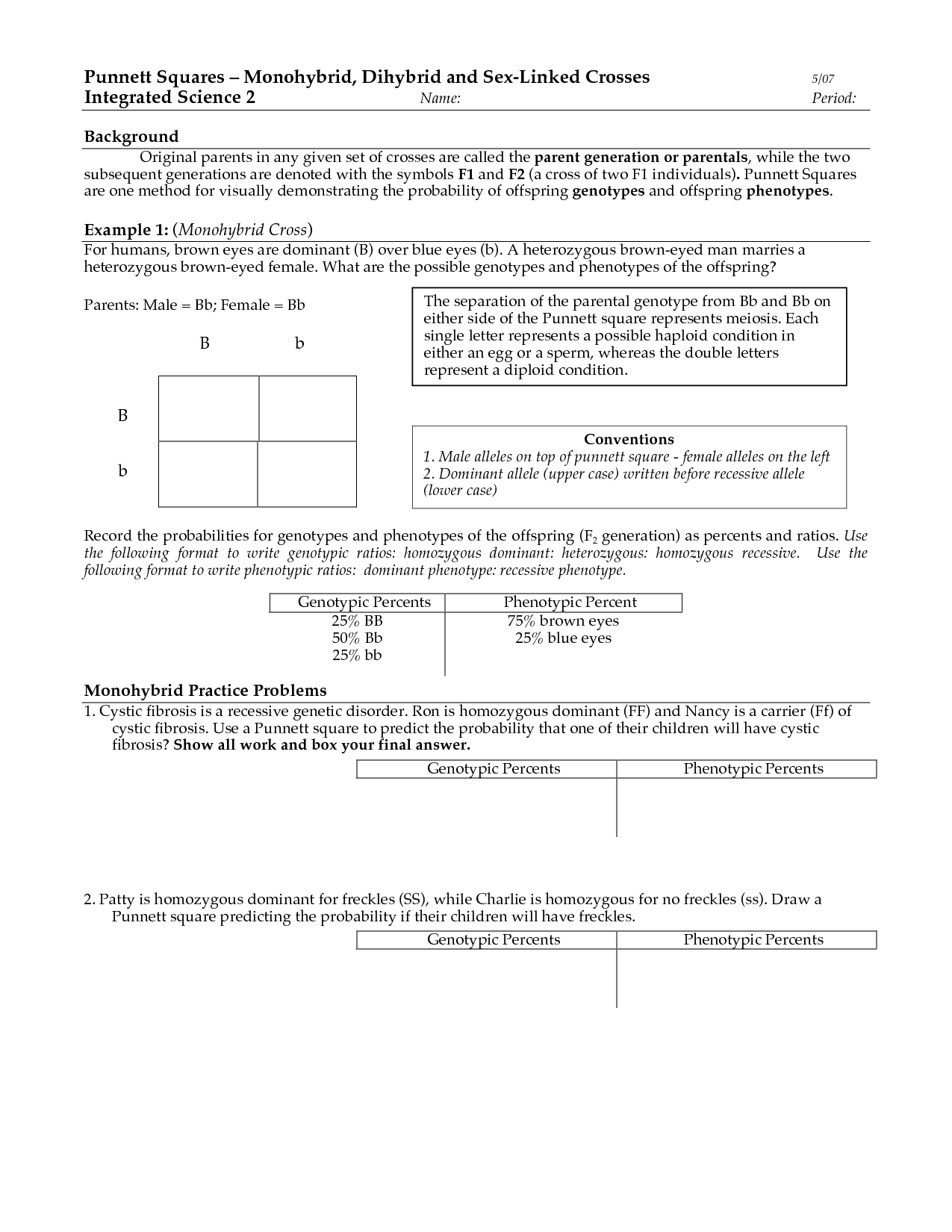




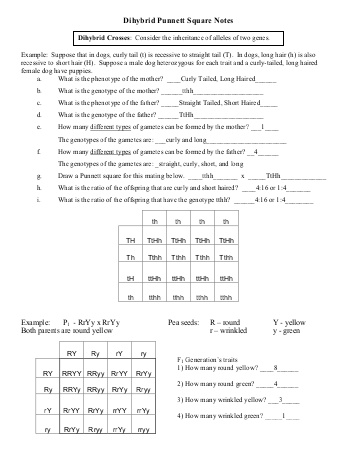
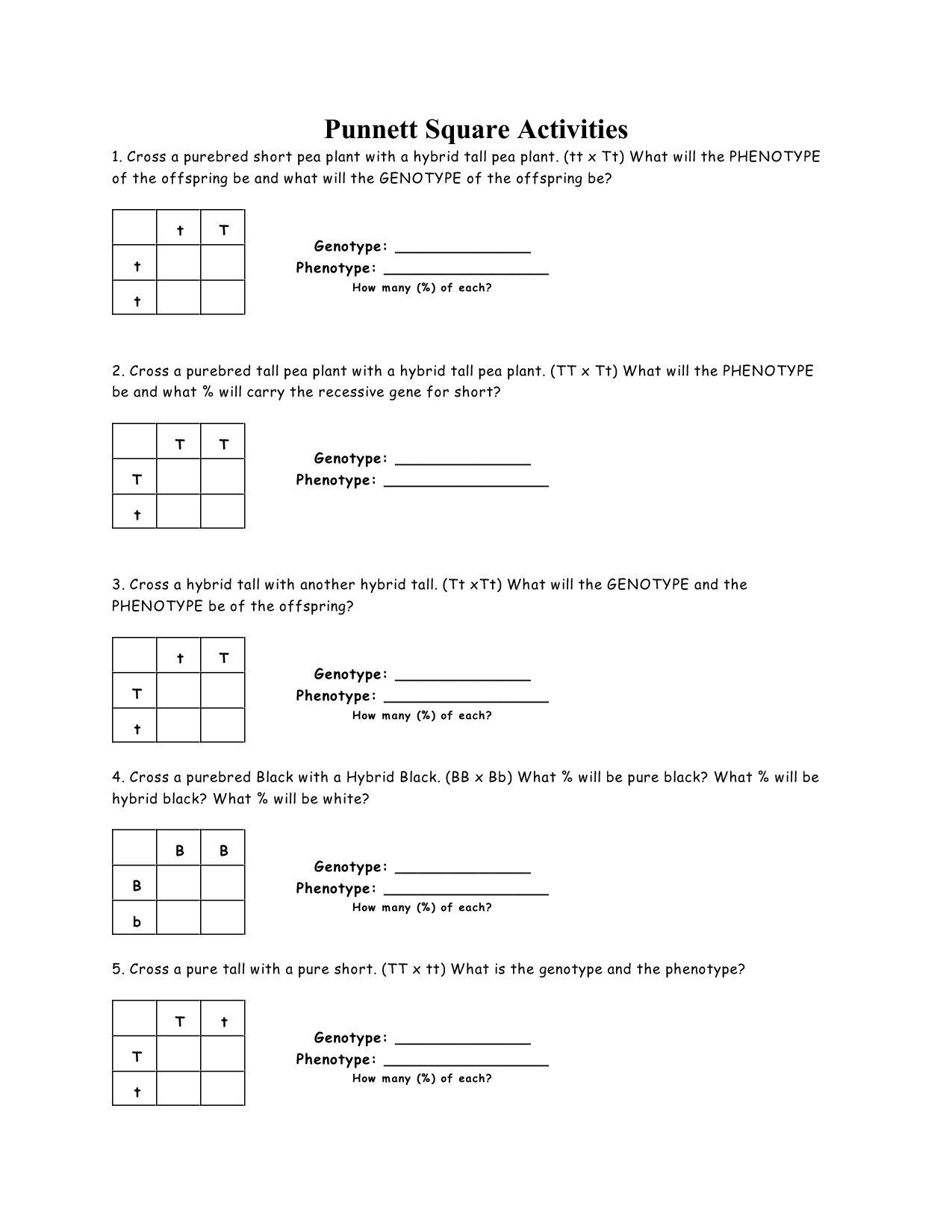
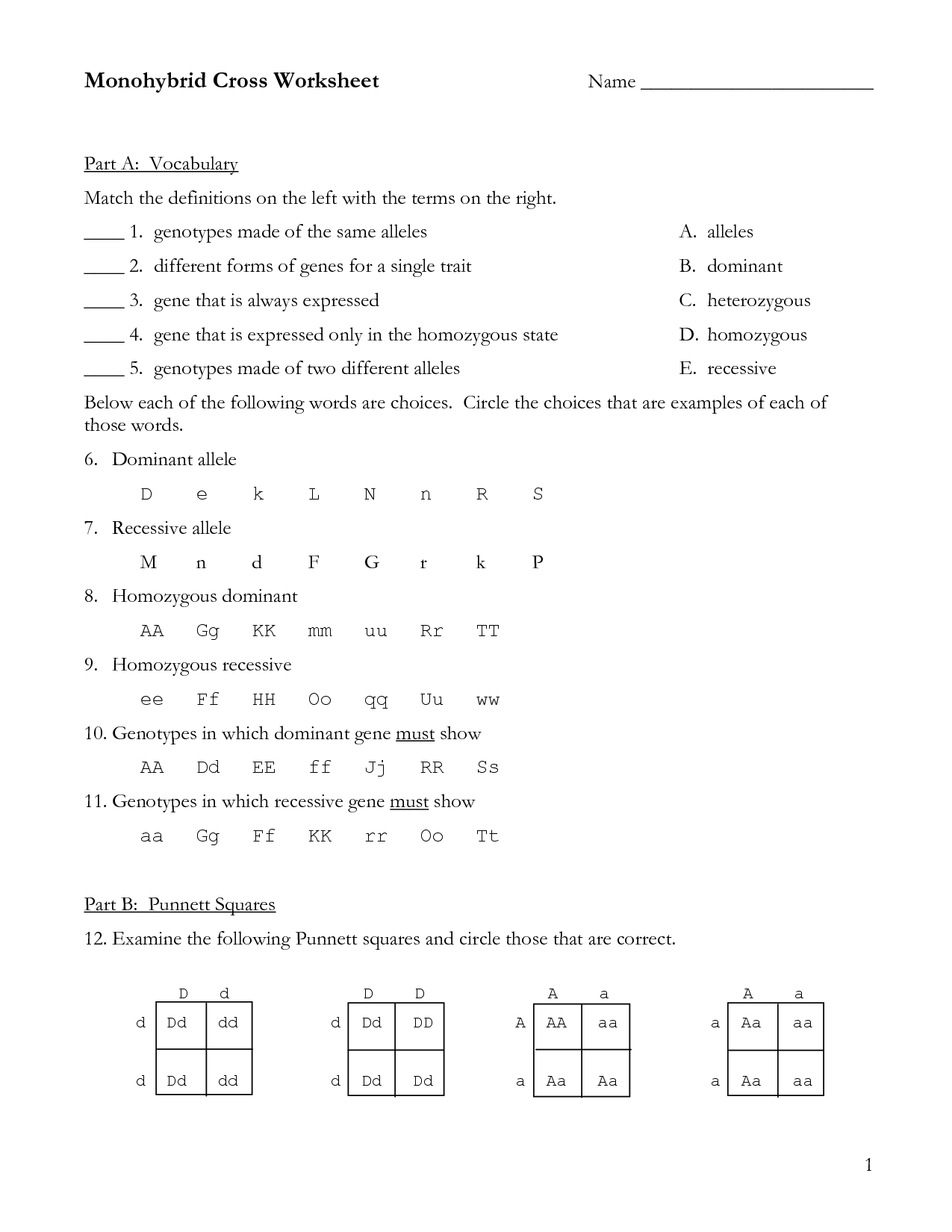
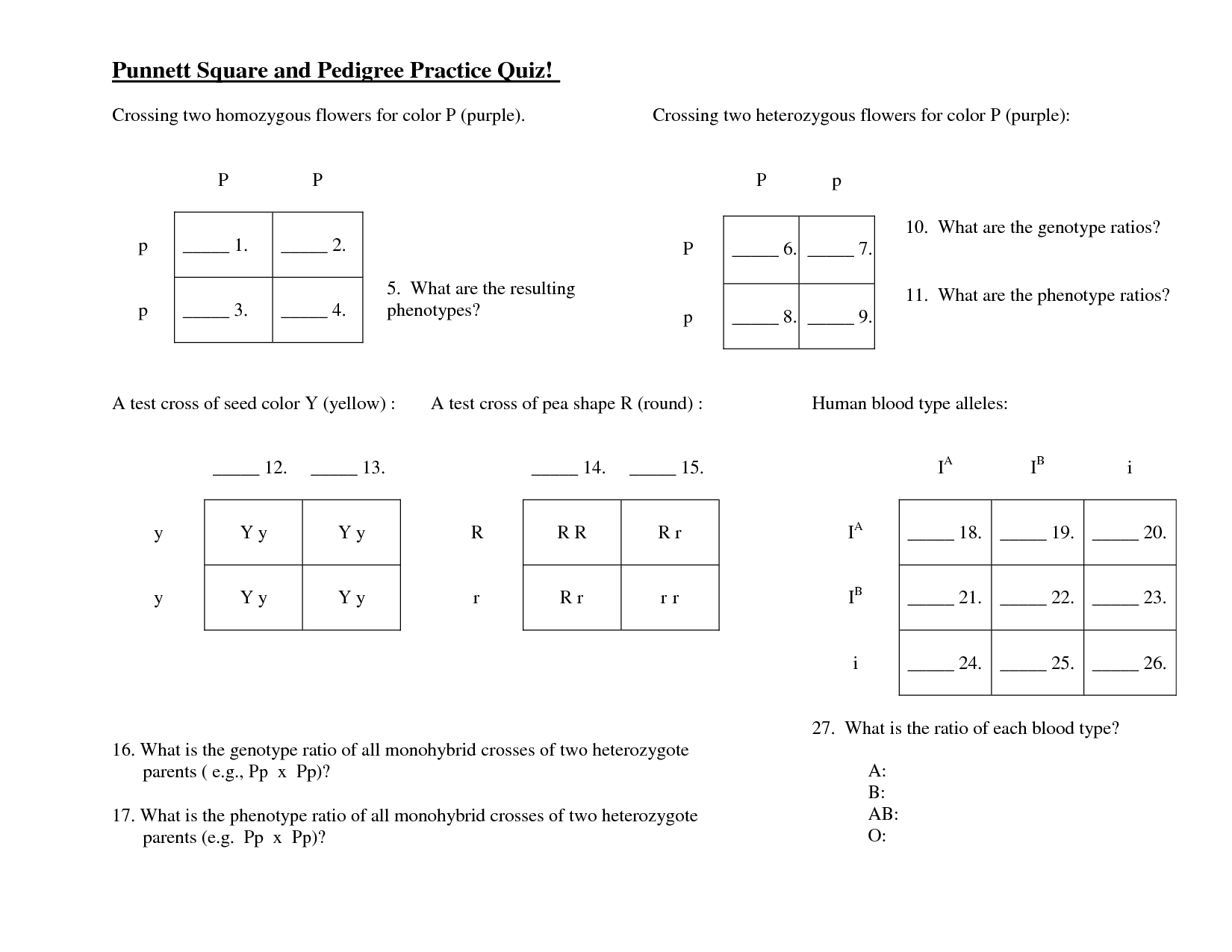
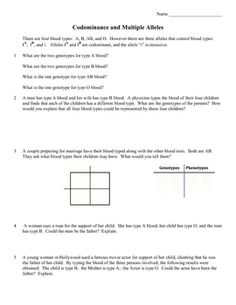
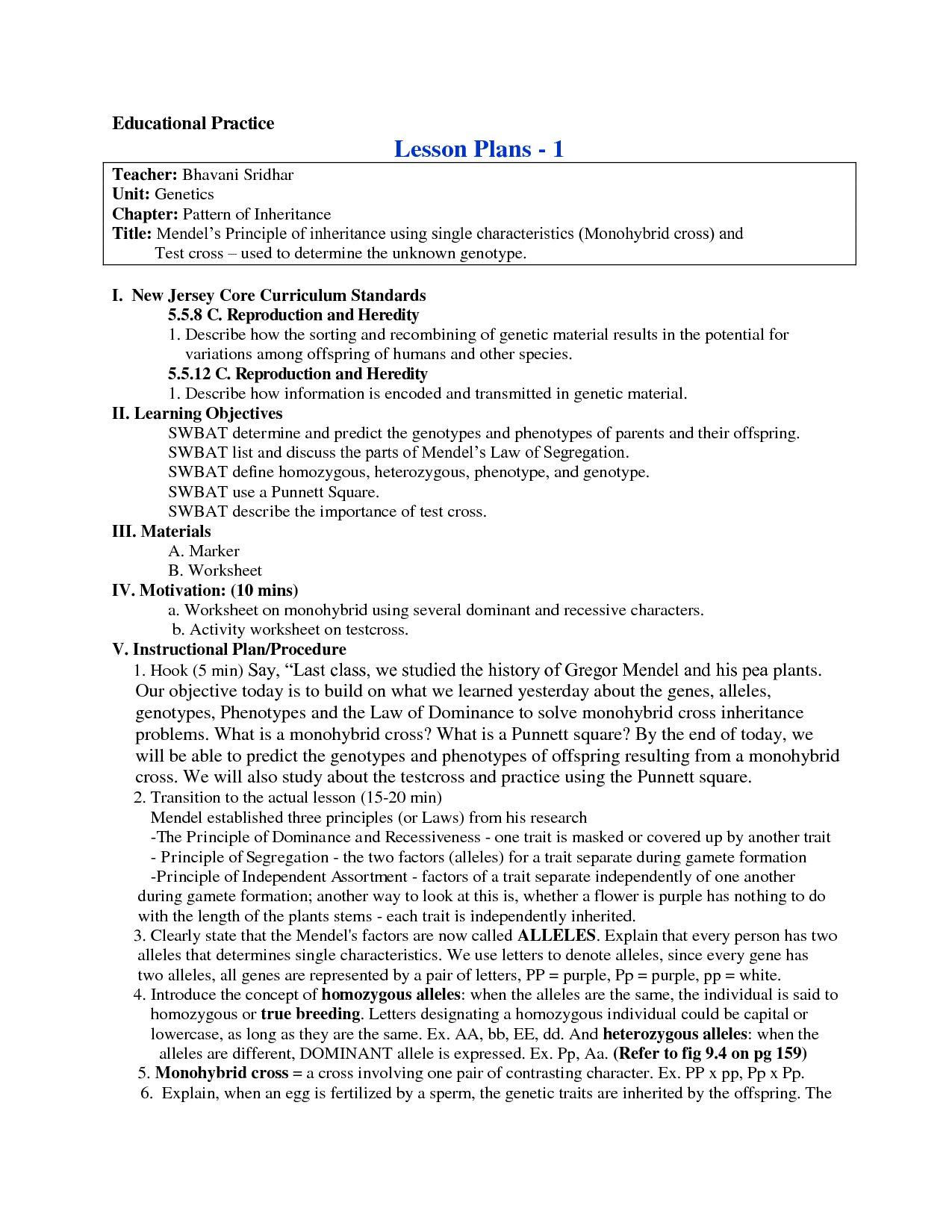
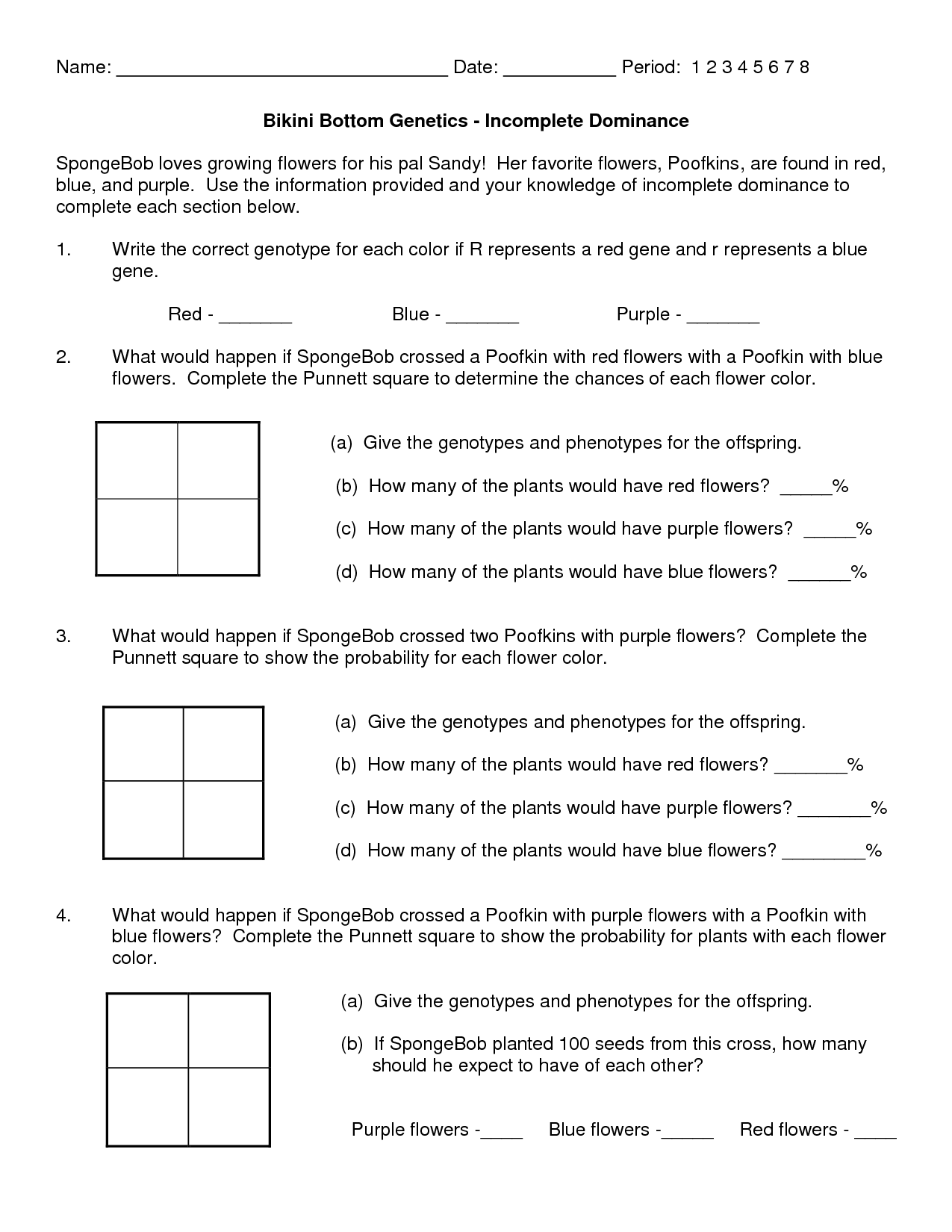




















Comments